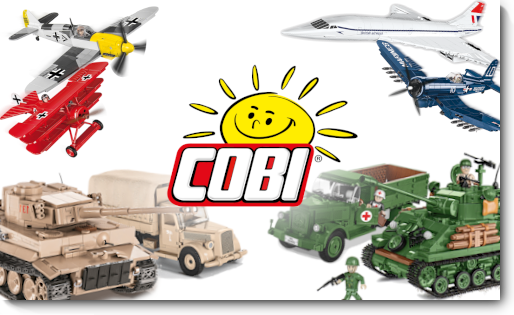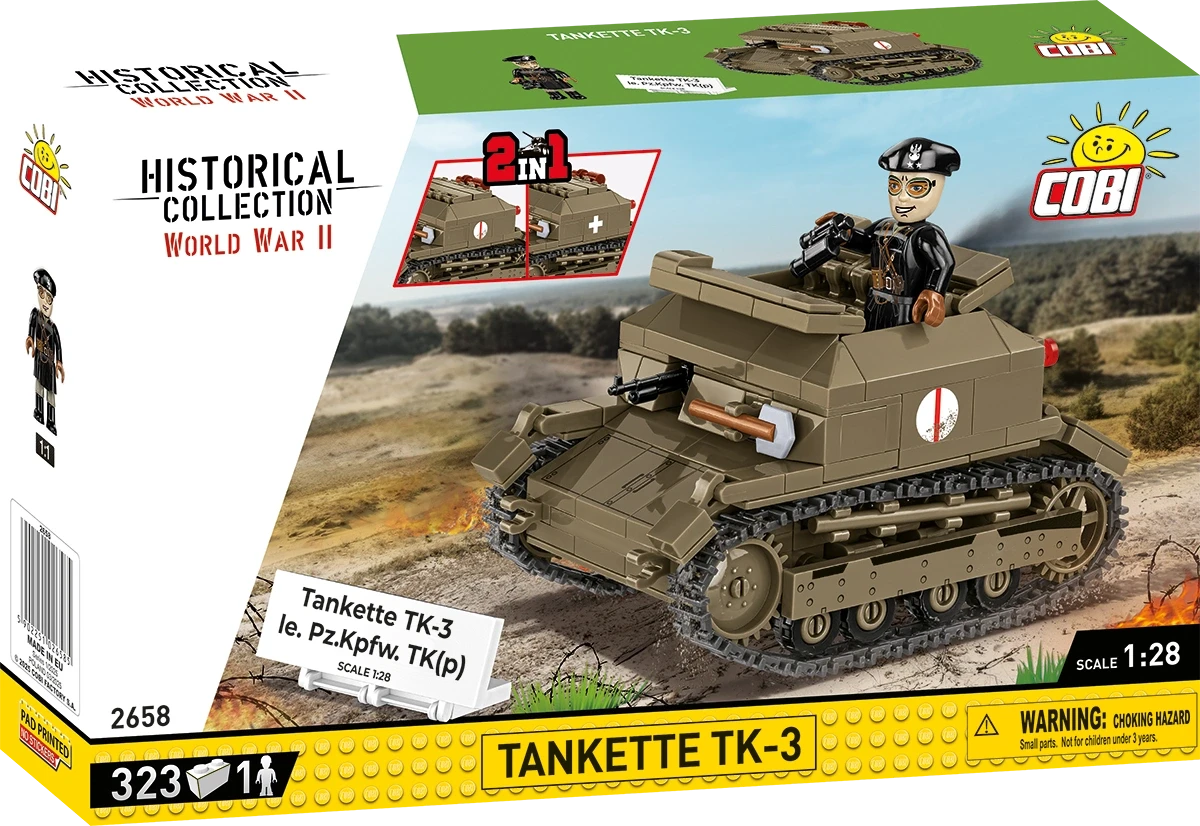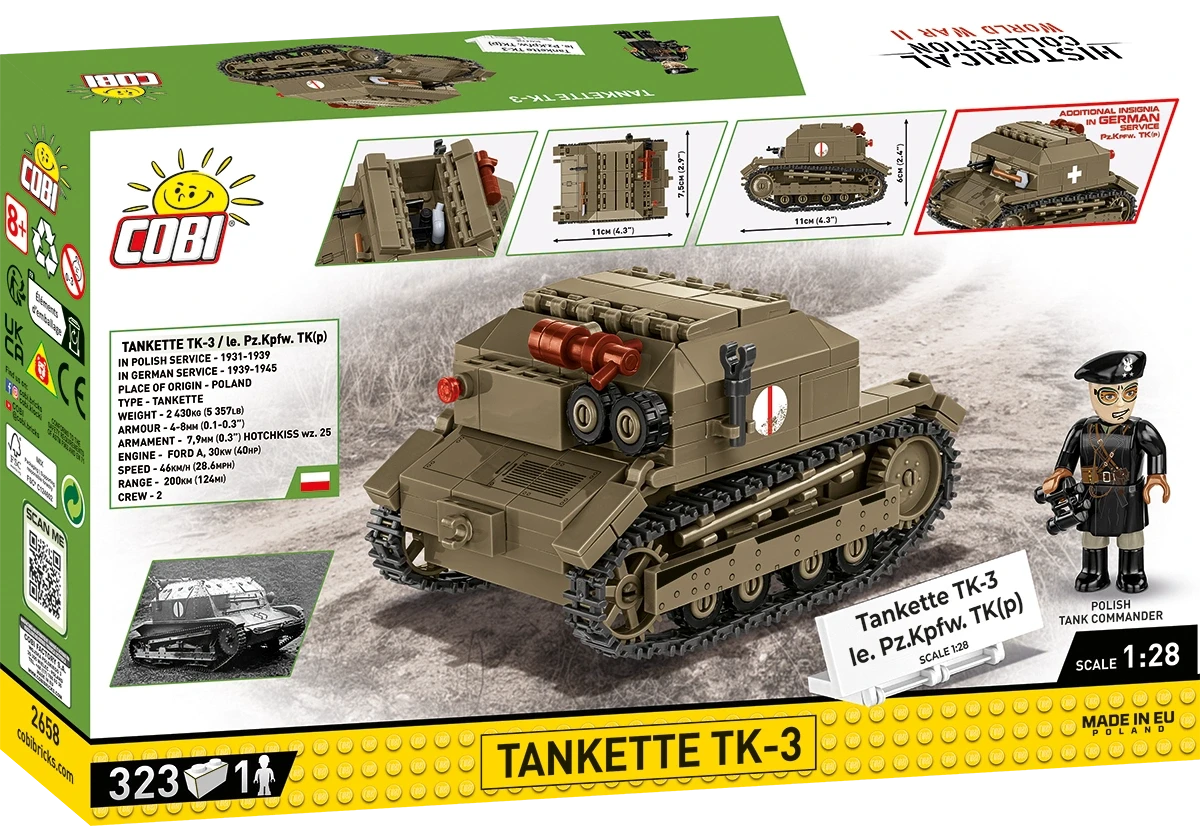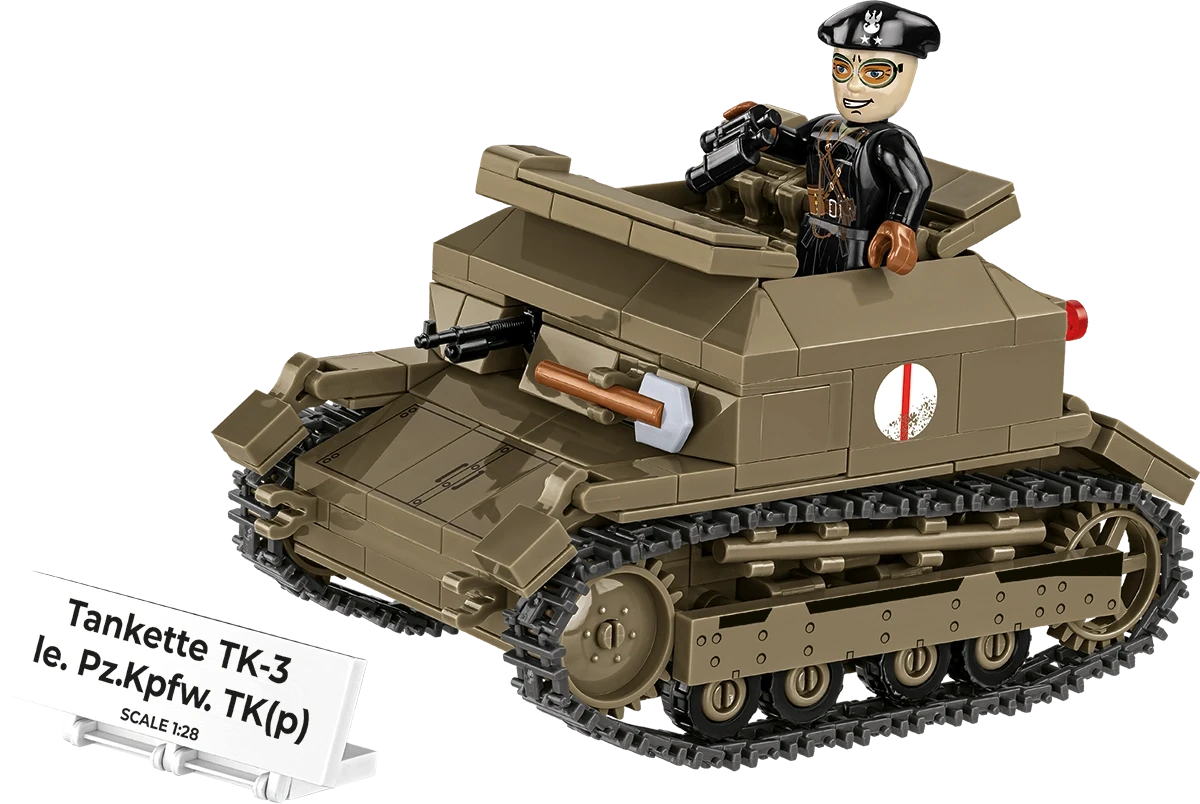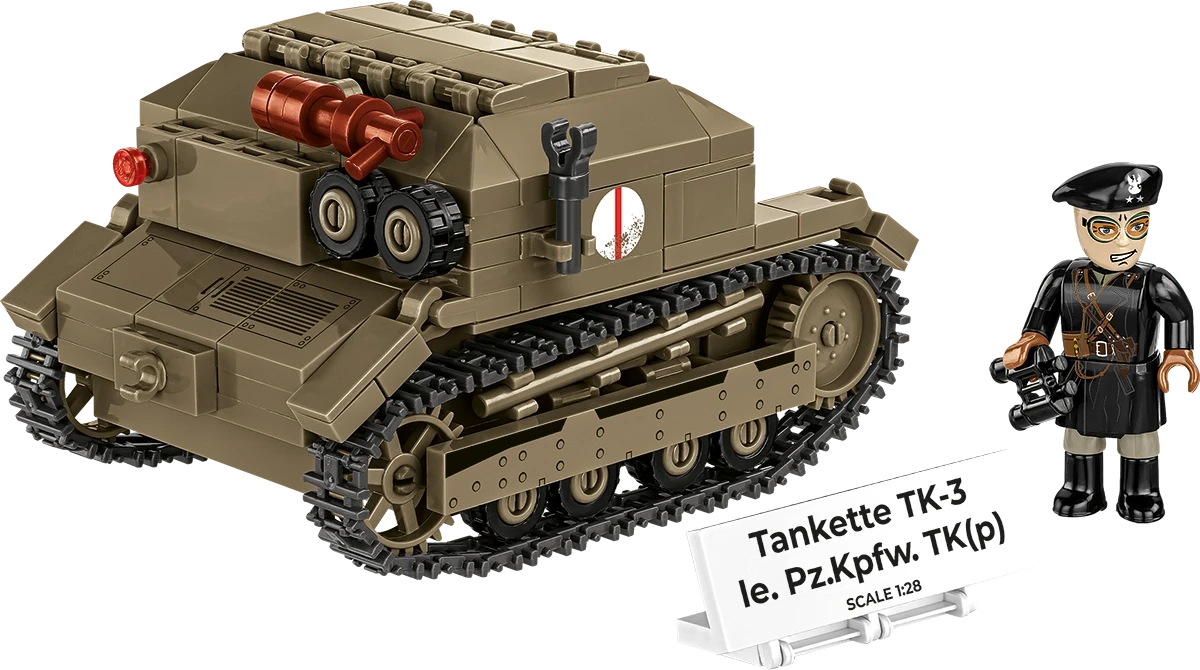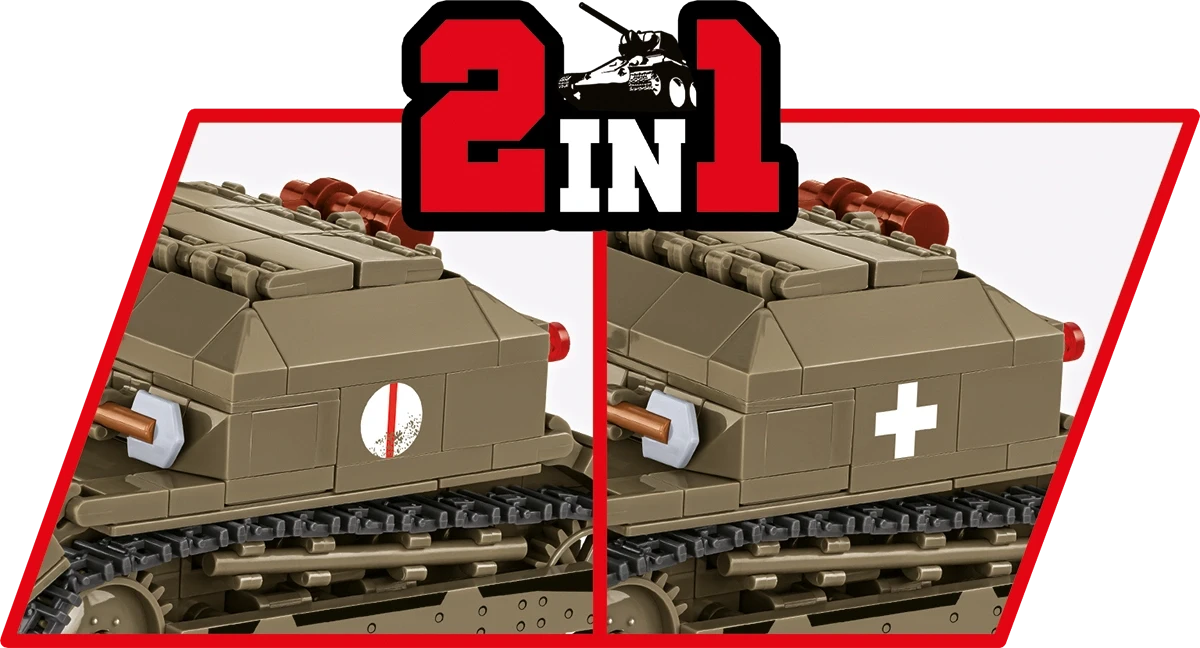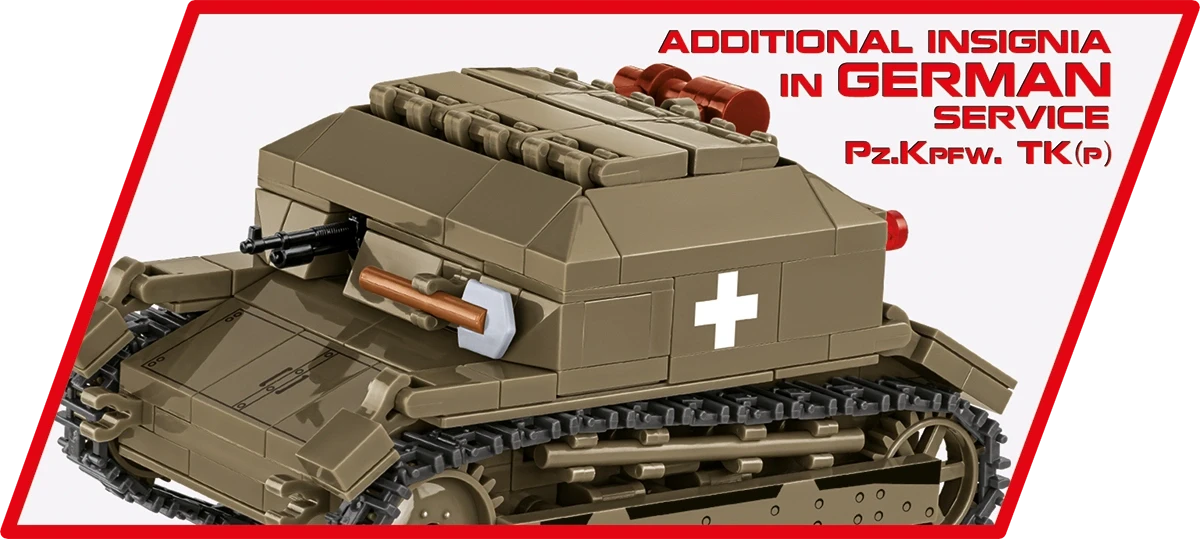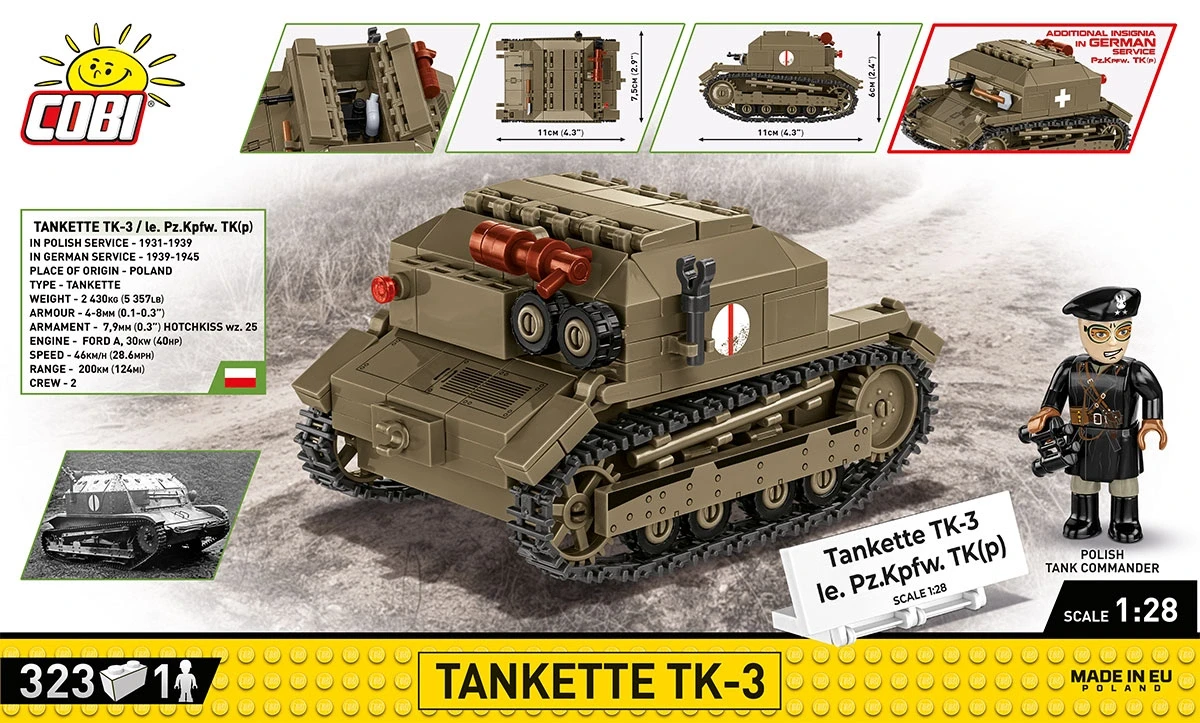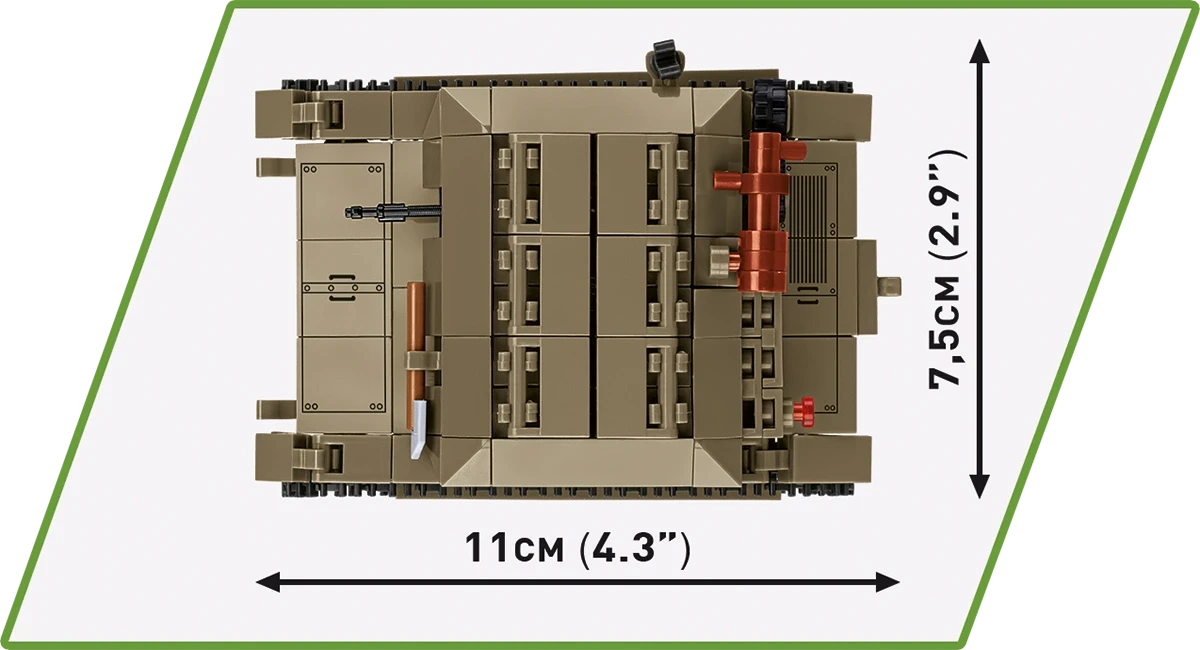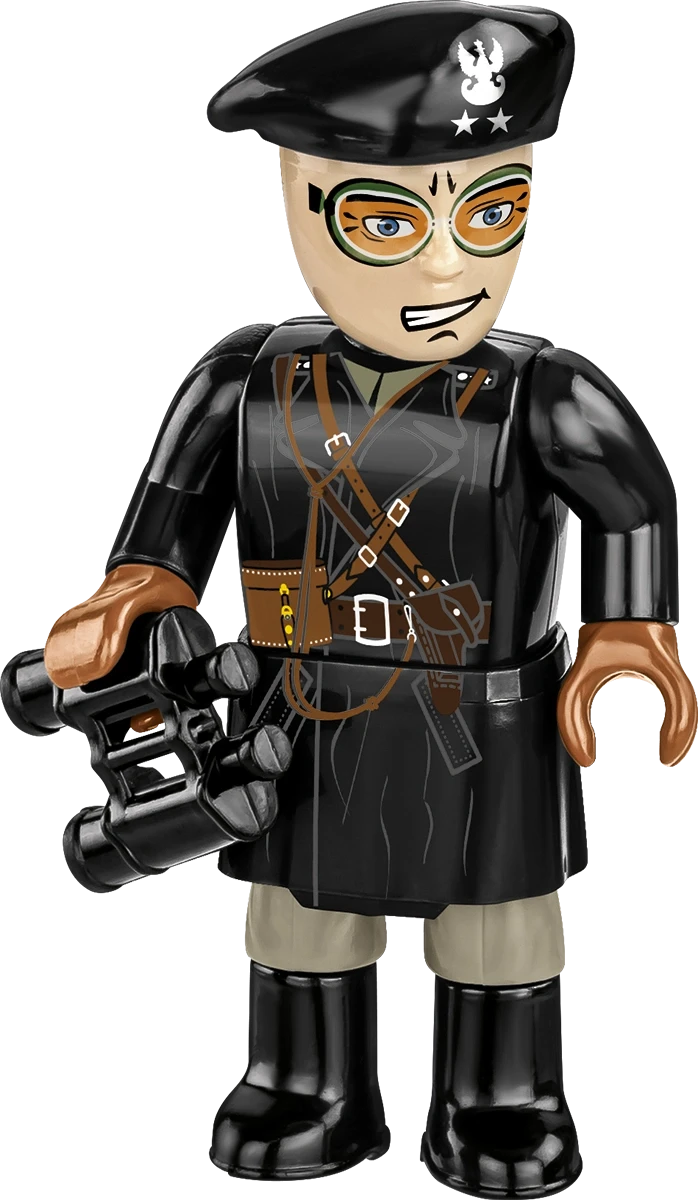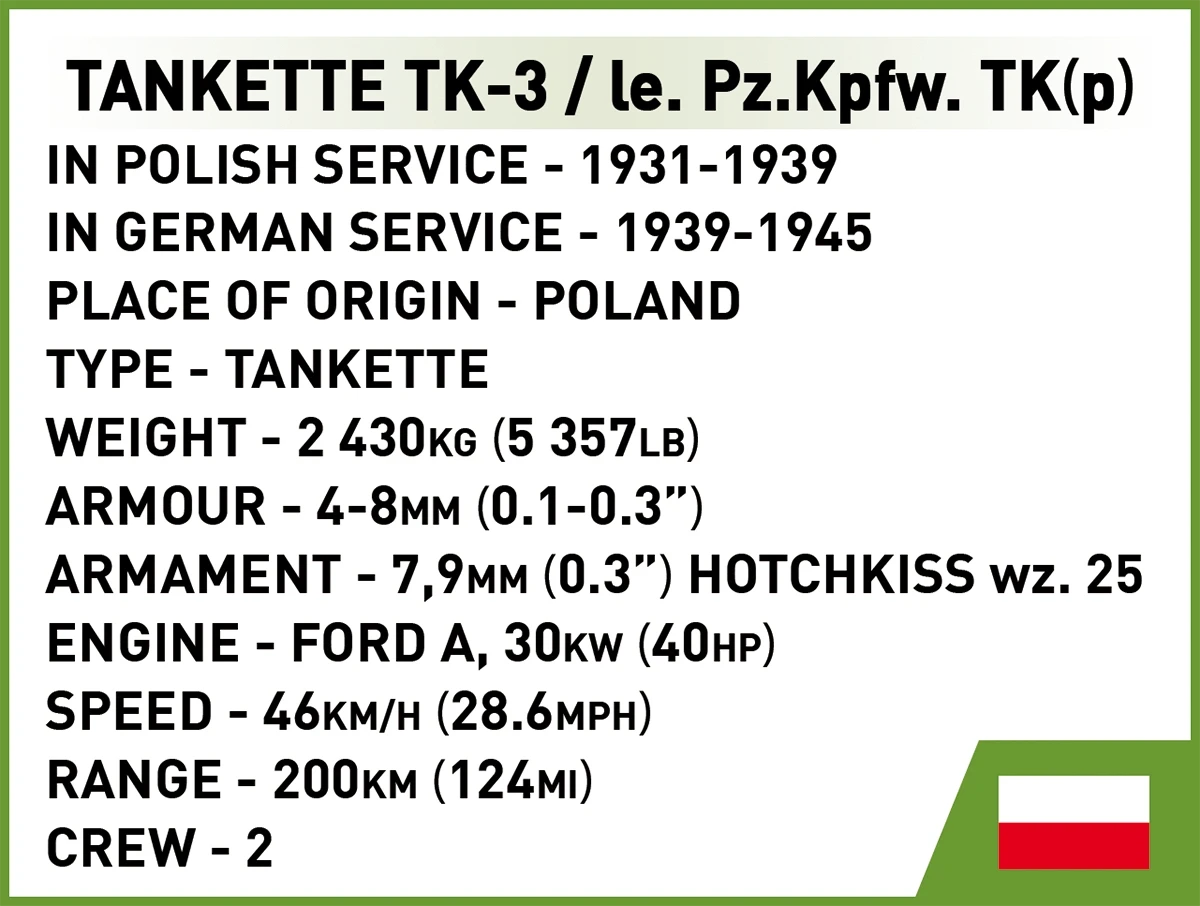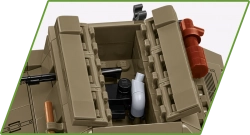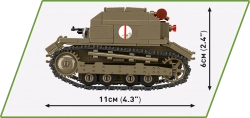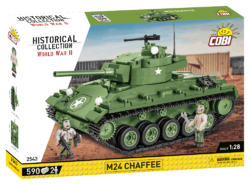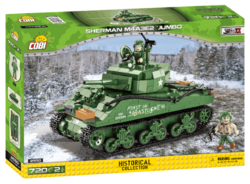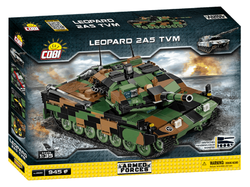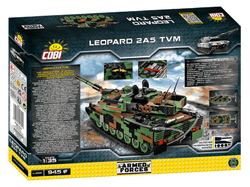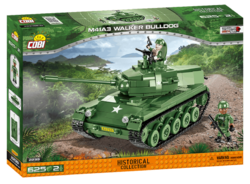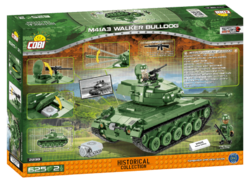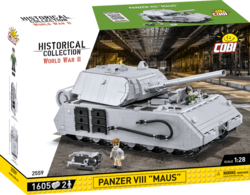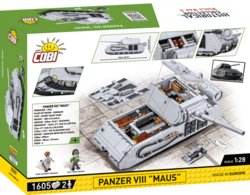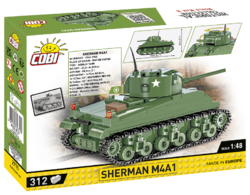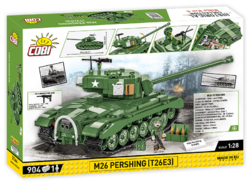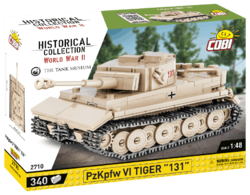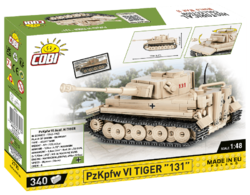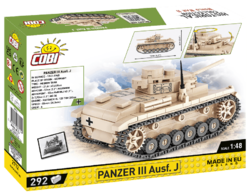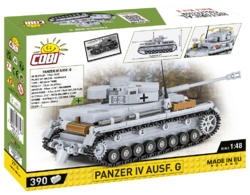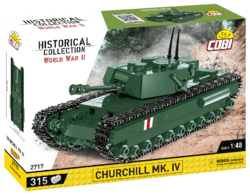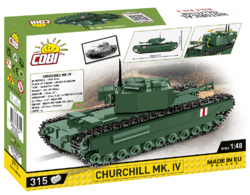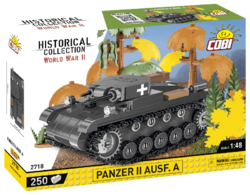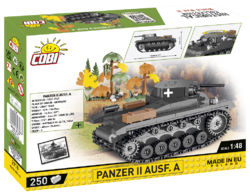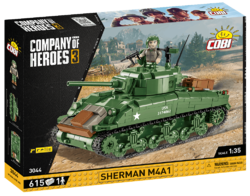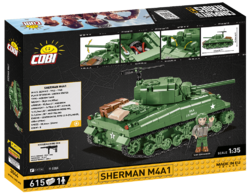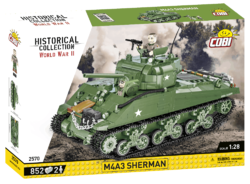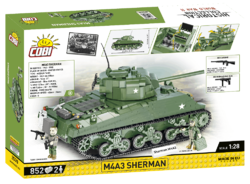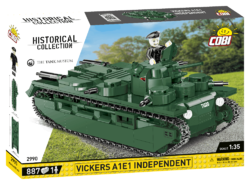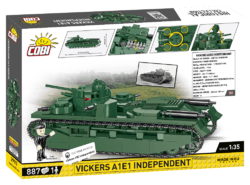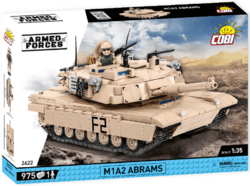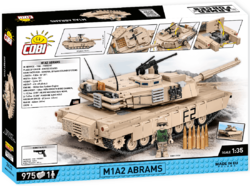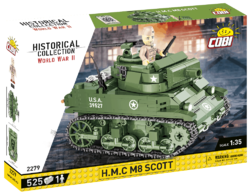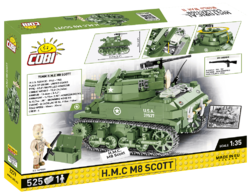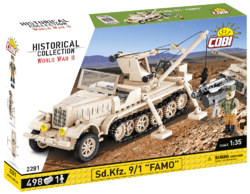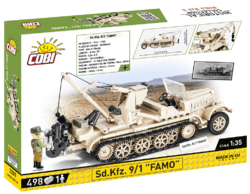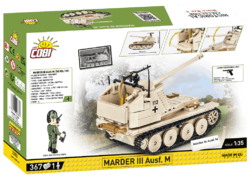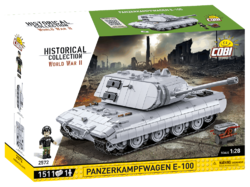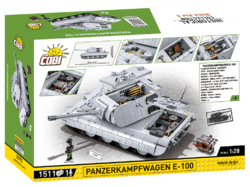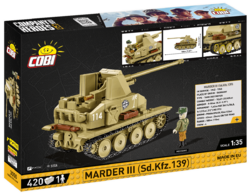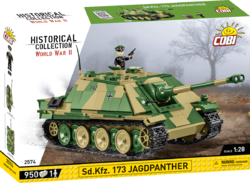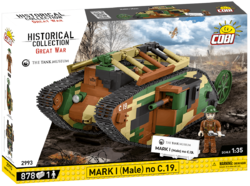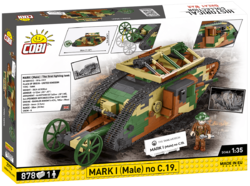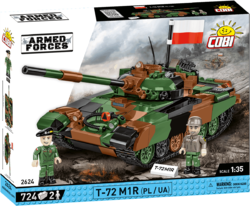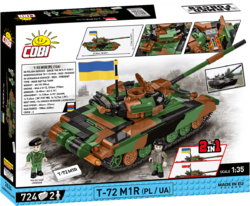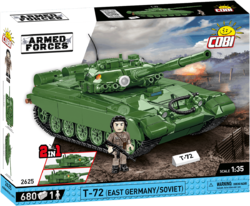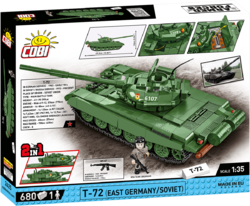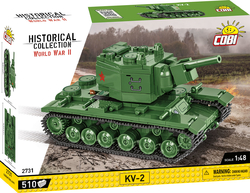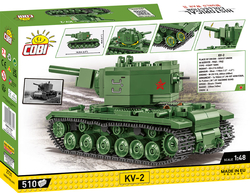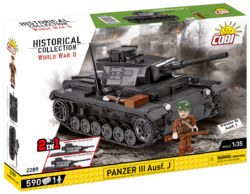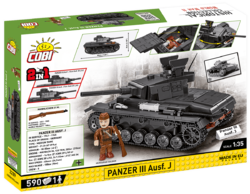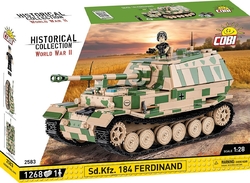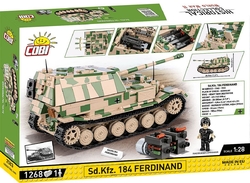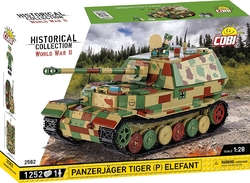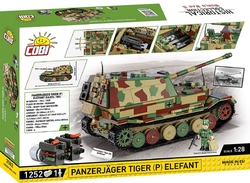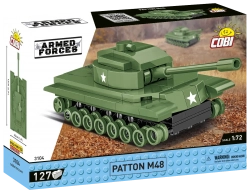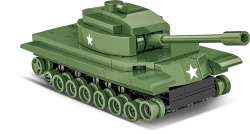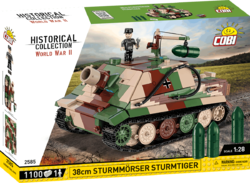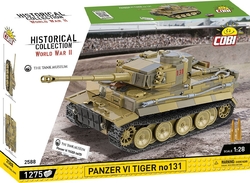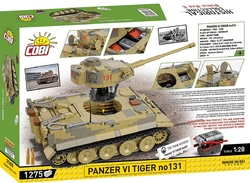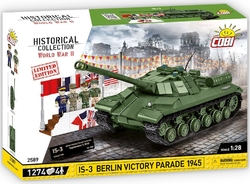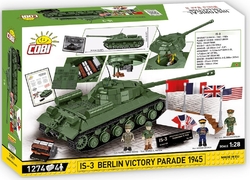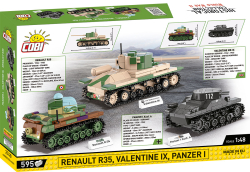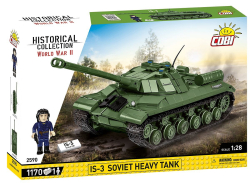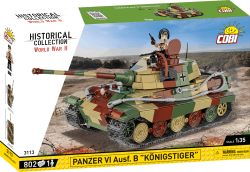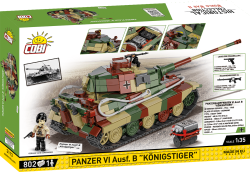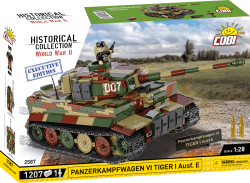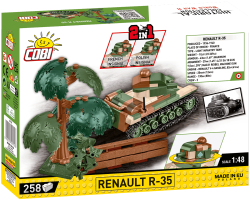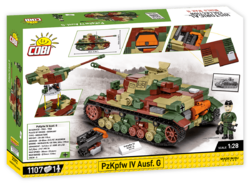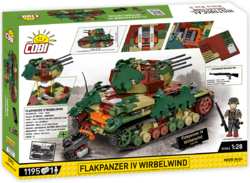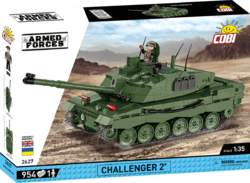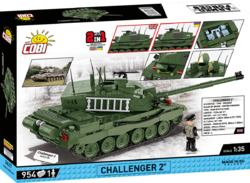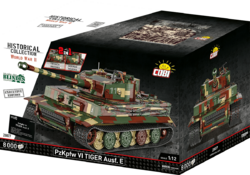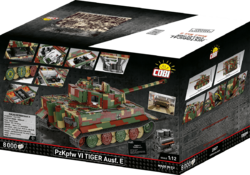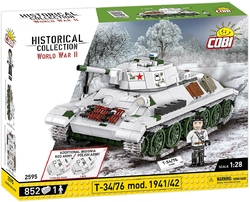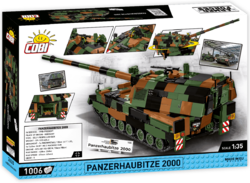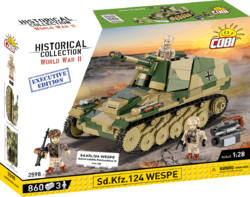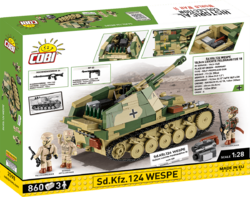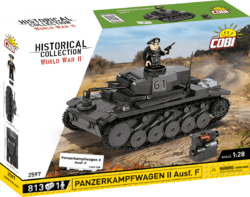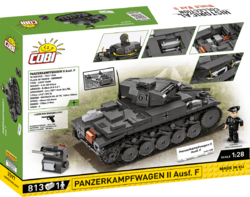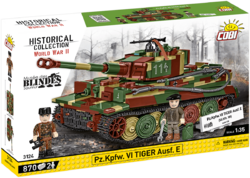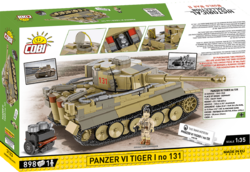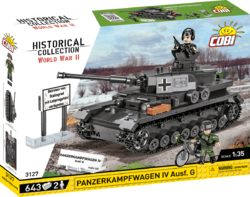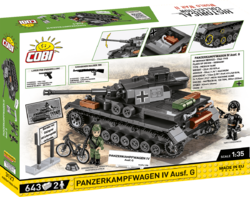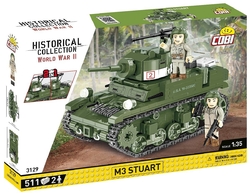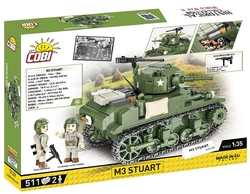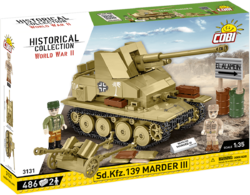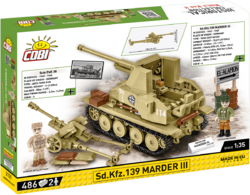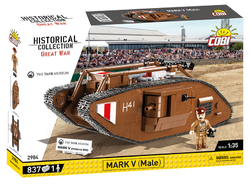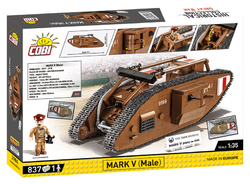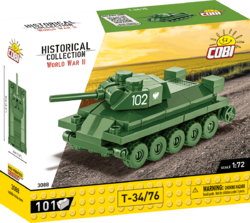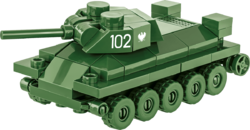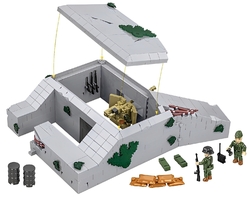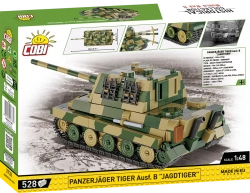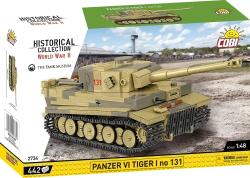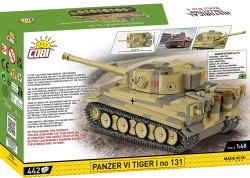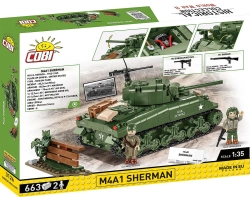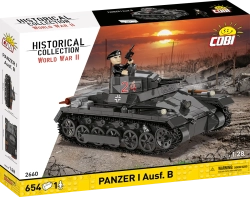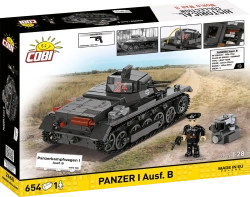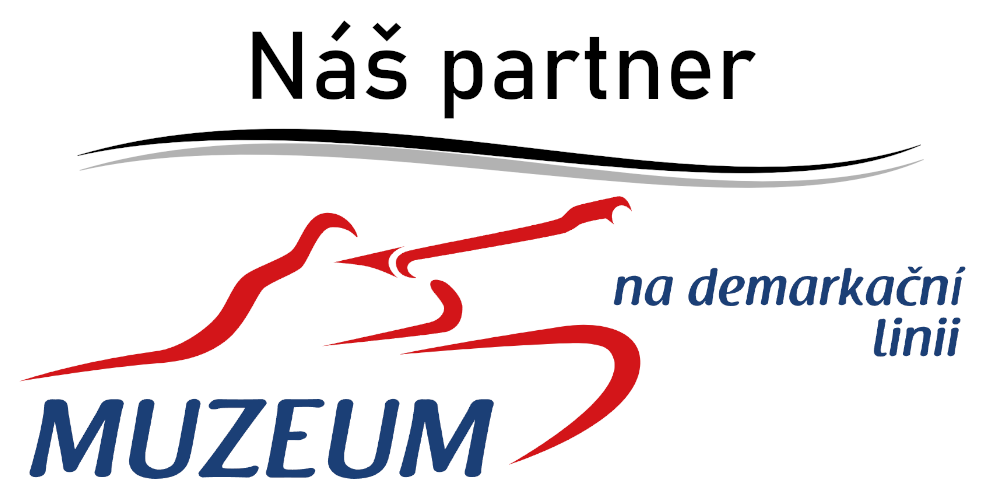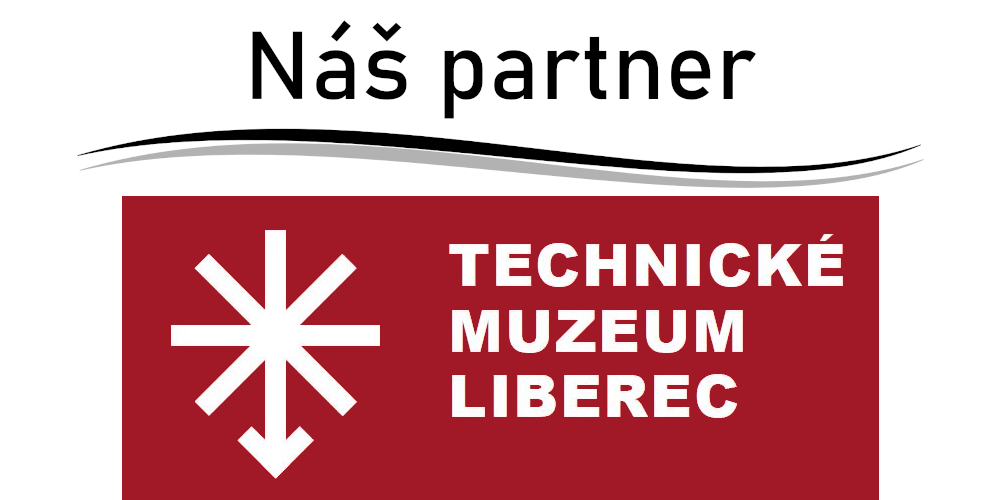
náměstí Hrdinů 109, 68603 Staré Město, Česká republika
| List Number: | COBI-2658 |
| EAN: | 5902251026585 |
| Warranty: | 24 months |
| Manufacturer: | COBI |
| Loyalty Points: | 8 |
| Price excluding VAT: | 552,33 Kč |

Did you know:
- When Germany attacked the Polish military depot in Gdańsk called Westerplatte on the morning of September 1, 1939, it was surprised by the fierce resistance of the Polish defenders.
- The truth is that Poland lacked sufficient equipment against the overwhelming German force, but one vehicle made an unforgettable mark in history: the light tank Tankette TK-3.
- The Carden-Loyd Mk. VI was originally developed in Great Britain, and Poland began producing it under license in 1929 at the Ursus and PZI Warsaw factories under the designation TK-3.
- The Tankette, together with the 7TP light tank, formed the core of Poland's armored forces.
- It was far from a perfect machine. Its very light armor and weak Ford engine were typical for the time of its development. A much more successful version came later, the TSK model, which featured stronger armor and a more powerful engine.
- During tests on August 31, 1931, the low manufacturing quality became evident. When fired upon with small arms, metal shrapnel, broken rivets, and screws came loose from the tank's hull, injuring the crew. However, the bullet did not penetrate the armor.
- Interestingly, the first units were equipped with the Solothurn S 18-100 anti-tank rifle. Since tests did not yield satisfactory results, by the end of 1938, some vehicles were rearmed with the Hotchkiss wz.25 machine gun and others with a domestically developed wz. 35 cannon.
- Yugoslavia also expressed interest in the Tankette and requested an offer from the Polish side. However, due to a misunderstanding, Poland sent an actual tank instead of an offer.
- The price of a single Tankette, adjusted to today's value, was 5,800,000 CZK.
- The rearming process was quick, but the Polish industry could not produce enough ammunition for the new weapons. Despite this, Polish tank ace Roman Edmund Orlik successfully destroyed heavier German tanks Pz. Kpfw. 35 (essentially the Czechoslovak LT-35 made by Škoda Plzeň, which was under German control).
- After Poland was occupied, the surviving units were incorporated into the German and Hungarian armies as reconnaissance vehicles and tractors.
- Around 300 units were produced in total.
Technical specifications of: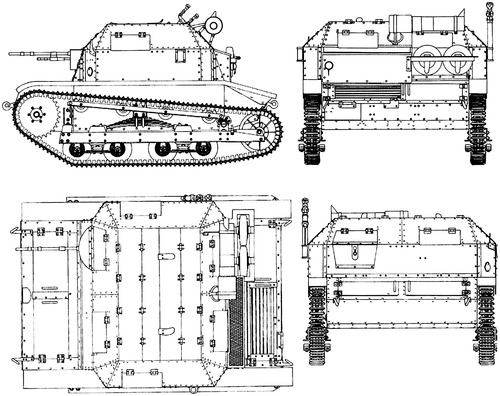
- dimensions: length 2.58 m, width 1.78 m, height 1.32 m
- weight: 2,430 kg
- armor: 3–8 mm
- engine: inline 4-cylinder FORD A with output of 30 kW
- number of gears: 4 forward + 1 reverse
- maximum speed: 46 km/h
- fuel tank capacity: 60 L
- range: 200 km
- crew: 2
- armament: 1x 7.9 mm Hotchkiss wz. 25 machine gun
A captured German officer about the TK-3:
“That hellish machine attacked us from the right side. Its machine gun tore open the flanks of four of our tanks, but we just couldn’t hit that little bug.”
| Version (series) | 03/2025 |
|---|---|
| Number of figurines | 1 pcs |
| Scale | 1 : 28 |
| Dimensions after assembly | 11 x 7,5 x 6 cm |
| Package weight | 310 g |
| Number of pieces | 323 pcs |
| Box dimensions | 33 x 20 x 6 cm |
| Recommended age | 8+ |
| Contains luminous blocks | No |
| Material | Plastic |
| Collection | World War II |
| Compatible with other brand of kits | Yes |
Related items
+ Skvělá komunikace
Všechno proběhlo bez problémů.
+ Rychlost dodání
- Nic
Velmi rychlé dodání.Úplná spokojenost.
+ Velmi rychlé dodání

Ondřej Vašťák
náměstí Hrdinů 109,
68603 Staré Město,
Česká republika













We respect your privacy.
Cobishop.cz uses cookies that are necessary for the proper functioning of the website (essential cookies), to measure traffic (analytical cookies) and to personalize advertising (marketing cookies). In order to use cookies we need your kind consent. Thank you for helping us to improve our services. Click HERE for detailed information.




